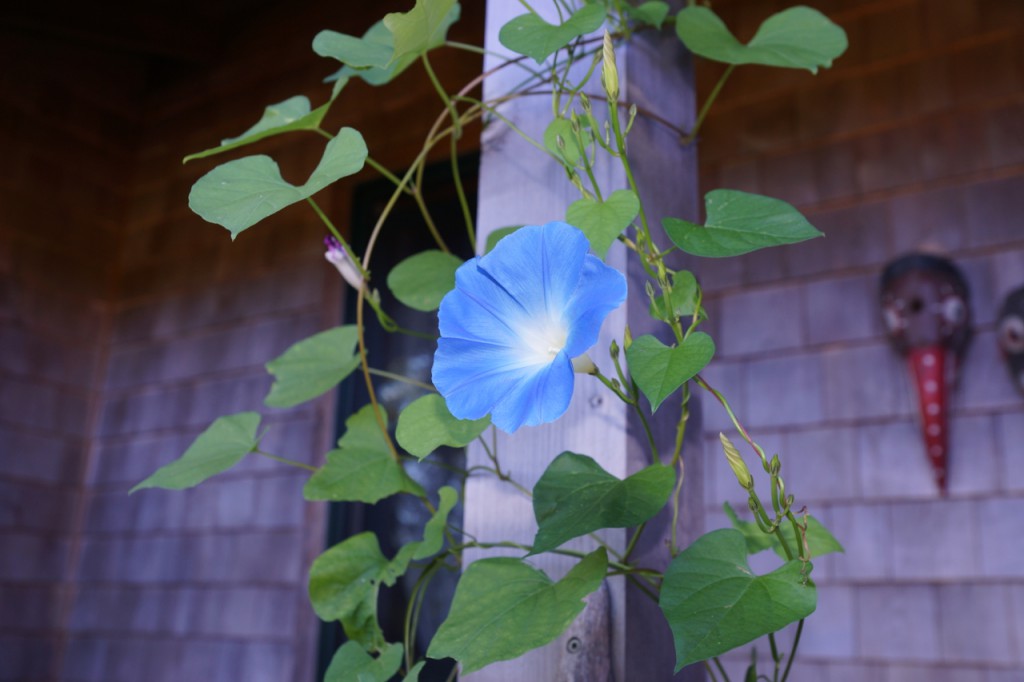A recent New York times article, “The Case for Delayed Adulthood” struck a major chord for me. The author, Lawrence Steinberg, a professor of psychology from Temple University claims that, “Prolonged adolescence, in the right circumstances, is actually a good thing, for it fosters novelty-seeking and the acquisition of new skills. Studies reveal adolescence to be a period of heightened “plasticity” during which the brain is highly influenced by experience. As a result, adolescence is both a time of opportunity and vulnerability, a time when much is learned, especially about the social world, but when exposure to stressful events can be particularly devastating. As we leave adolescence, a series of neurochemical changes make the brain increasingly less plastic and less sensitive to environmental influences. Once we reach adulthood, existing brain circuits can be tweaked, but they can’t be overhauled.” Now there’s a caution.
In a recent episode of “Madame Secretary,” the Téa Leoni character tells her rebellious 20 year-old daughter that the cerebral cortex isn’t even fully formed until the age of 25, making the case for not taking impulsive and reactive actions or decisions. In fact, the frontal lobe (decision making) is not yet fully connected to the rest of the brain. Young people are often using the amygdala (limbic system) which largely controls emotions, while the most active part of the adult brain is the part controlling logic and reason.
That means that if you are expressing an emotion—say, disappointment—a young person’s brain has a 50% chance of misinterpreting it as a different emotion, like anger. Then, since the emotional part of their brain is already active from making that (incorrect) judgment, they become more likely to react irrationally and over the top.
We are still struggling with the fallout of exactly that – the too young brain of a too young child acting out in anger, fear, rebellion – WHATEVER – and setting a path from which it will be increasingly difficult to recover. When the development of that brain has also been profoundly affected and delayed by early childhood trauma, you have a recipe for disaster. Early childhood trauma causes massive plastic change in the hippocampus (responsible for explicit, conscious memories) shrinking it so that new long term memories cannot form. Glucocorticoid, a stress hormone, kills cells in the hippocampus so that it cannot make the synaptic connections in neural networks that makes learning and explicit long-term memory possible. That means that there is an essential fracturing of experiencing and of the self that has profound, life-long reprecussions. Our ability to form memory and to recall is an essential part of how we perceive and know ourselves. Victims of trauma often react emotionally and somatically to something that they have no conscious memory of – something that may have been triggered unconsciously by a seemingly unrelated event or experience – often something that happens many years later.
For more information, check this out: http://neurosciencefundamentals.unsw.wikispaces.net/Immature+Aggression
What is a parent to do? I ask that question almost every day. I do not have an answer. When that same child is caught up in a defensive wall of rage and self-rightiousness, it is impossible to make a connection. They simply are not there — psychically, emotionally (and in this case physically). They have left home – meaning that they are living in an unreality of their own devising. As our astrologer says, “lala land.”
Abraham suggests a strategy that I like called the placemat process. When you make your “to-do” list, divide it into two columns: things I will do today (action list – reasonable). On the other side is things I would like the universe to do. That is a way of diminishing resistance and increasing focus. In AA, we would call it asking for help, or turning it over (to a higher power). It is a way of discovering the “non-action” resolution of many things that you previously thought you HAD TO DO. I am reminded of one of my favorite AA moments, when an old timer said, “There’s only two things you need to know about God, there is one and you ain’t it.” Persuasive regardless of your religious persuasion!
So what this parent is doing is putting all things this child on the side of the universe. It is a prayer, it is a hope, it is the most loving thing that I can do today.



